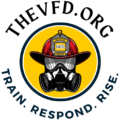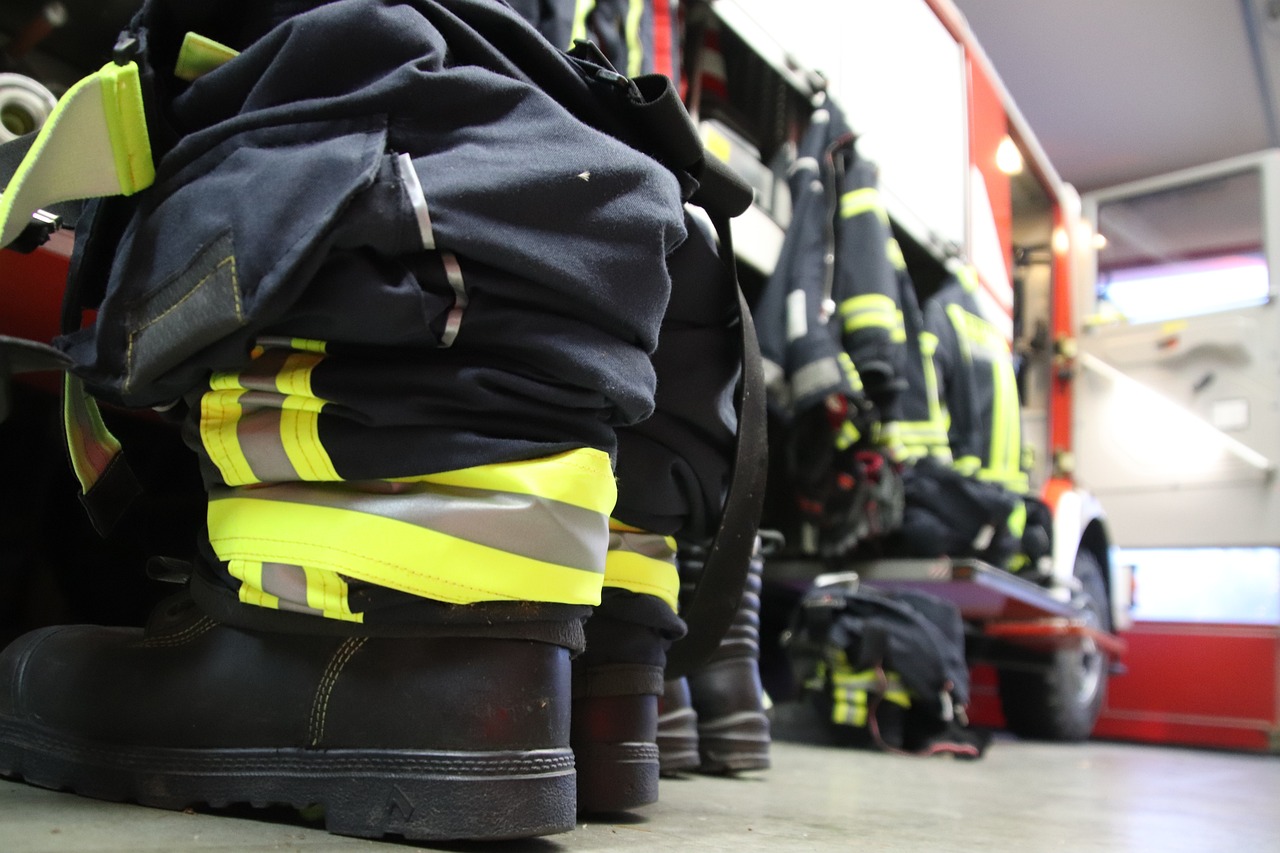Many communities are looking for ways to improve fire safety and enhance the effectiveness of their volunteer fire departments. One important factor in achieving this goal is understanding and improving your department’s ISO (Insurance Services Office) rating. By actively participating and implementing specific strategies, you can elevate your department’s response capabilities and potentially lower insurance costs for your community. This guide will provide you with actionable steps to boost your volunteer fire department’s ISO rating and strengthen overall fire safety in your area.
Understanding Fire Safety
Your awareness of fire safety is necessary for the well-being of your community. It involves understanding the potential fire hazards, implementing prevention strategies, and ensuring that everyone knows how to respond effectively in case of a fire. By taking proactive steps, you can protect lives and property while fostering a fire-safe environment for all residents.
What is Fire Safety?
The term fire safety refers to the set of practices and precautions designed to reduce the risk of fire occurrences and minimize the impact of fires on people and property. This includes fire prevention methods, emergency response programs, and the use of systems like alarms and extinguishers to manage fires effectively.
Importance of Fire Safety in Communities
Even in today’s world where technology enhances safety measures, fire safety remains vital for protective measures against potential disasters. Communities that prioritize fire safety efforts can significantly lower the likelihood of catastrophic fire events, protecting lives, property, and ultimately, community cohesiveness.
Safety measures benefit everyone in your community, as they promote preparedness and awareness of fire risks. By fostering education around evacuation plans, proper use of fire extinguishers, and regular maintenance of fire alarms, you can significantly enhance your community’s resilience. When individuals feel equipped and knowledgeable about fire safety, they are more likely to respond effectively during emergencies, leading to a safer living environment for all residents.
Factors Affecting ISO Ratings
Some factors influence your community’s ISO ratings, impacting fire protection capabilities and insurance costs. Key elements include:
- Fire department organization
- Equipment availability
- Training and staffing levels
- Water supply and hydrant distribution
- Community risk reduction initiatives
Assume that improving these factors can enhance your ISO rating, ultimately benefiting your community.
Fire Department Organization and Equipment
Little attention is often given to the organization and availability of equipment within your local fire department, yet these aspects are crucial for an effective response during emergencies. Ensuring that your fire department is well-equipped with modern firefighting tools and properly structured can significantly elevate its operational efficiency.
Community Engagement and Education
Fire departments thrive on the support and knowledge of the communities they serve. Engaging citizens through education initiatives about fire prevention and safety practices fosters a collaborative environment, crucial for enhancing overall fire safety.
Engagement in community outreach programs and fire safety education can create a more informed public, which leads to prevention efforts that reduce the likelihood of fire incidents. Providing workshops, hosting open houses, and distributing educational materials enables you to rally your community around fire safety, making everyone a part of the solution. When community members are well-informed, they are more likely to take proactive measures, ultimately supporting your fire department in achieving a better ISO rating.
Tips for Improving ISO Ratings
Assuming you are looking to enhance your community’s fire safety, consider the following tips for improving your ISO ratings:
- Conduct regular training sessions for volunteers
- Invest in updated firefighting equipment
- Enhance water supply capabilities
- Establish strong communication systems
Any initiative you take in these areas can lead to significant improvements in your ISO ratings.
Enhancing Training and Resources for Volunteer Firefighters
Some of the best ways to improve your volunteer firefighters’ capabilities include establishing standardized training procedures and providing access to necessary resources. Regular training sessions, featuring both classroom and hands-on experiences, will ensure that your volunteers remain skilled and prepared for emergencies. When they have up-to-date equipment and ongoing education, you’ll bolster their confidence and efficiency, leading to better emergency response outcomes.
Implementing Fire Prevention Programs
Assuming you prioritize community engagement, implementing fire prevention programs will greatly benefit your residents. These initiatives can educate your community about potential fire hazards and promote safety practices.
Prevention programs can take various forms, such as community workshops, fire drills, and educational materials that highlight safety measures. By proactively educating your residents, you can help them reduce risks and create a culture of safety within your community. These fire prevention efforts not only safeguard lives but also contribute significantly to better ISO ratings by demonstrating your department’s commitment to public safety.
How to Conduct a Fire Safety Assessment
Keep a proactive approach to enhancing your community’s fire safety by conducting a thorough fire safety assessment. This assessment will help you identify potential hazards, evaluate existing safety measures, and implement an action plan to mitigate risks. Establishing a baseline will allow you to track improvements and adjust your strategies as needed to protect your community effectively.
Identifying Risks in the Community
Assessment of risks in your community involves evaluating various factors such as building designs, infrastructure, and local environmental conditions. You should gather data on areas vulnerable to wildfires, proximity to emergency services, and the presence of hazardous materials. Engaging with community members can provide valuable insights, ensuring a comprehensive understanding of potential fire risks that need to be addressed.
Evaluating Existing Fire Safety Measures
If you want to enhance fire safety, evaluating your community’s existing measures is imperative. Review current fire codes, response plans, and equipment available to your fire department. Gather input from firefighters and community stakeholders to uncover any shortcomings or outdated practices that may hinder effective fire safety management.
Identifying areas for improvement in existing fire safety measures allows you to implement targeted enhancements. You may discover that regular training for volunteers is lacking, or local fire hydrants are not maintained properly. Prioritizing updates to equipment, training, and fire safety education for residents can strengthen your community’s resilience to fire emergencies, ultimately helping to achieve a better ISO rating.
Collaboration with Local Authorities
After establishing a foundation of fire safety within your community, collaboration with local authorities becomes important. By forging strong relationships with municipal leaders and agencies, you can effectively advocate for improvements in your fire department’s ISO rating. Working together ensures that your community’s fire safety needs are prioritized, resulting in enhanced emergency response capabilities and resources.
Building Partnerships with Local Government
Local government plays a pivotal role in your community’s fire safety initiatives. By engaging with elected officials and city planners, you can align your fire department’s goals with local policies. These partnerships not only help in sharing expertise but also enhance the visibility of your department’s needs, leading to collaborative efforts in fire safety education and outreach programs.
Securing Funding for Fire Safety Initiatives
Government grants and funding opportunities are valuable resources for boosting fire safety initiatives in your community.
With a well-prepared proposal, you can access various funding channels to support equipment upgrades, training programs, and community outreach initiatives. Look into federal, state, and local grant options that specifically cater to fire safety improvements. Engaging local government representatives will also aid in navigating the application processes, increasing the chances of receiving financial support for your fire department’s needs.
Community Involvement Strategies
Once again, engaging your community is pivotal for enhancing fire safety. Effective strategies often involve collaboration and education, which empower residents to take ownership of their local fire safety responsibilities. By fostering active participation and promoting a shared sense of duty, you can significantly improve your community’s ISO ratings and overall fire safety preparedness.
Organizing Fire Safety Workshops
Assuming you decide to host fire safety workshops, you can equip your community with vital knowledge about fire prevention, evacuation plans, and emergency response protocols. These workshops serve as platforms for hands-on learning, enabling participants to practice fire safety techniques and understand the importance of being prepared in the event of a fire.
Encouraging Neighborhood Fire Safety Committees
Clearly, establishing neighborhood fire safety committees can play a significant role in improving your community’s fire safety. These committees bring residents together, allowing you to discuss specific dangers in your area, share experiences, and develop tailored fire safety plans that address your unique community needs.
Fire safety committees not only foster a sense of community but also serve as a vital communication channel between residents and your local fire department. By participating in discussions, you can identify high-risk areas and escalate safety concerns that need attention. Additionally, regular meetings can help your committee devise and implement targeted educational initiatives, fundraise for safety equipment, or even arrange for fire drills, ensuring that everyone understands the action steps to take in case of an emergency.
Conclusion
Hence, by actively participating in initiatives aimed at improving your Volunteer Fire Department’s ISO rating, you can significantly enhance your community’s fire safety. Engage with local firefighters, support training programs, and promote fire prevention education among your neighbors. Your involvement can foster a stronger, more prepared community, ultimately leading to better emergency response and protection against fire hazards. Taking these steps not only empowers you but also strengthens the safety fabric of your entire neighborhood.


